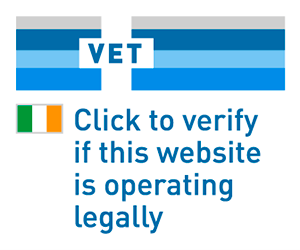A Dog Is For Life, Not Just For Christmas
[et_pb_section bb_built=”1″][et_pb_row][et_pb_column type=”4_4″][et_pb_text _builder_version=”3.17.5″] Remember the old saying, ‘a dog is for life not just for Christmas’. Did you know this phrase was actually coined


